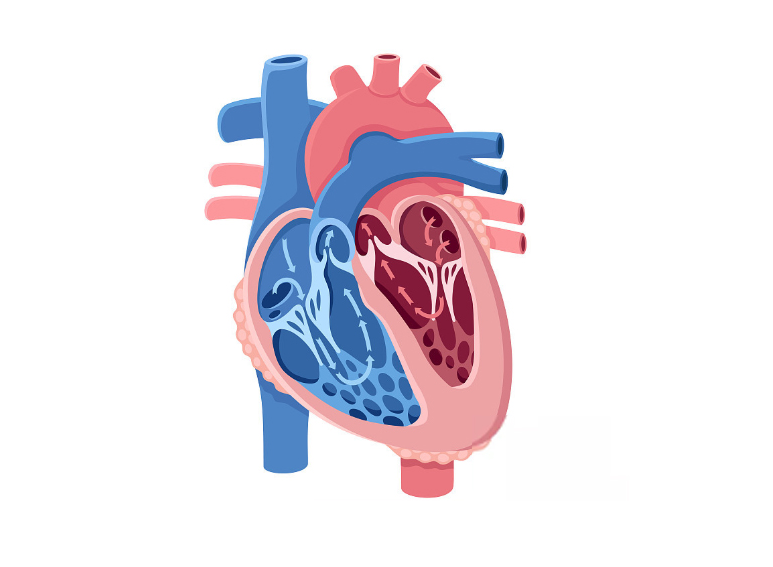
Calcium channel blockers
Although the pharmacological mechanism is different from that of beta blockers, they can also reduce the contractile force of the heart, and some can also reduce the heart rate, effectively improve myocardial ischemia, and reduce angina symptoms.
Due to the observation in clinical trials, such drugs alone can not prevent the occurrence of acute myocardial infarction, nor reduce the mortality, so they are used as the second choice in the treatment of persistent myocardial ischemia, but as the first choice in the treatment of myocardial ischemia caused by vasospasm (variant angina pectoris).
Commonly used drugs are nifedipine, amlodipine, diltiazem, verapamil and so on.
The common adverse reactions were hypotension and edema.
Diltiazem, verapamil and other types that can reduce heart rate are prohibited for patients with cardiac insufficiency, low sinus node function, and atrioventricular block.
Other commonly used drugs
Lipid-lowering drug
Antiplatelet drug
It can prevent intra-coronary thrombosis and prevent or delay the progression of coronary heart disease. Mainly include aspirin, clopidogrel, prasugrel, ticagrelor and so on.
Thrombolytic drug
Mainly for acute myocardial infarction, the coronary artery is blocked by thrombosis, drugs can be used to dissolve thrombosis and dredge blood vessels. Commonly used types include urokinase, recombinant streptokinase, recombinant tissue plasminogen activators, etc.
anticoagulant
It can be used for the treatment of more severe unstable angina pectoris and non-ST elevation myocardial infarction, and can also assist thrombolysis and interventional therapy. Commonly used include low molecular weight heparin, bivaludine and so on.
Surgical treatment
Medical interventional therapy
Percutaneous coronary intervention (PCI) is the most commonly used method for the treatment of severe coronary artery lesions. The practice is to cut the superficial artery of the skin (usually choose the artery of the wrist or the root of the thigh), send the catheter through the artery to the coronary artery, and open the coronary artery by various means.
The main PCI technologies are as follows.
Percutaneous coronary balloon dilatation
The PTCA. The operation method is to send the balloon drained of air to the diseased blood vessel through the catheter, inflate the balloon into the balloon, expand the balloon, and support the narrow blood vessel to achieve the purpose of treating myocardial ischemia, and sometimes continue to be supplemented by other interventional therapy.
However, percutaneous balloon coronary dilatation (PTCA) alone in the treatment of coronary artery stenosis not only has a high rate of postoperative restenosis, but also has the risk of coronary artery dissection tear or acute occlusion.
Coronary stenting
Through a catheter, a metal stent is sent to the diseased blood vessel and stretched open to maintain the vessel open. Most patients will need to have a stent implanted after the above intervention to ensure that the coronary artery remains open for a long time.
Since the early stent was pure metal, as a foreign body, it could cause vascular endothelial hyperplasia and lead to restenosis. However, drug-eluting stents widely used in recent years have a drug coating on their surface to inhibit intimal hyperplasia, and the 1-year restenosis rate is less than 10%.
Surgical operation
When the medical treatment of angina is ineffective, or the coronary artery disease is more severe, it is necessary to perform surgical treatment, that is, coronary artery bypass transplant surgery, commonly known as "bypass".
Blood vessels in other parts of the body were first cut off in the operation, and then the chest was opened. The transplanted blood vessels were anastomosed to the ascending aorta wall at the proximal end and the normal blood vessel segment at the distal end of the stenosis site of the coronary artery lesions, and the blood vessels were replaced with the diseased vessels, so as to realize the coronary artery recanalization and restore the myocardial blood supply.
If the transplanted blood vessels are restenosis, bypass or PCI can also be used to extend the patient's life span and improve the quality of life.
TCM (traditional Chinese medicine) therapy
There is no evidence-based medical evidence for TCM treatment of this disease, but some TCM treatment methods or drugs can relieve symptoms, it is recommended to go to a regular medical institution and treat under the guidance of a doctor.
Other treatment
Myocardial ischemia rarely exists alone and is often associated with multiple cardiovascular diseases. Therefore, in addition to the above measures, treatment may also include the control of blood sugar, blood pressure, treatment of arrhythmias, heart dysfunction, etc., the treatment of these diseases is also based on drugs.
Frontier therapy
At present, drug-eluting balloons are being used more and more widely in clinical practice, which can avoid the permanent existence of foreign bodies in the body (stent implantation), and can be selectively applied in suitable patients under the guidance of doctors.

